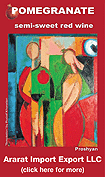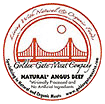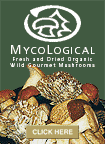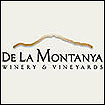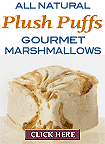|

Excessive Copper in Screw Capped Wine Bottles
Last
year I wrote an article for Harpers' Closures supplement in which
I discussed why copper sulphates were being routinely used throughout
Australasia to make wines safe under screw caps, and the negative
effect this had on an individual wine's terroir and typicity.
So,
it comes as no surprise that a German company has rejected a 4,000
cases shipment of New Zealand Pinot Noir because, at 2.6ppm, it
contained excessive levels of copper sulphate. The EU's legal
limit is I ppm, the same as the joint Australian and New Zealand
standard for wine, and higher than the US's 0.5ppm limit.
New
Zealand does not currently test for residual copper sulphate levels
in wine for either export or local consumption, so it is impossible
to know the extant of excess levels across the country's wine
base.
Ten
years ago, the cork industry had all the hallmarks of the tobacco
lobby: denial and argument based on biased, industry-generated
scientific trials.
Over time the cork people came to their senses, cleaned up their
business and greatly improved the quality of their product.
The
screw cap lobby, it seems, has a lot to learn from the reformed
cork industry.
Paul
White, Wine writer, Wellington, New Zealand
|





